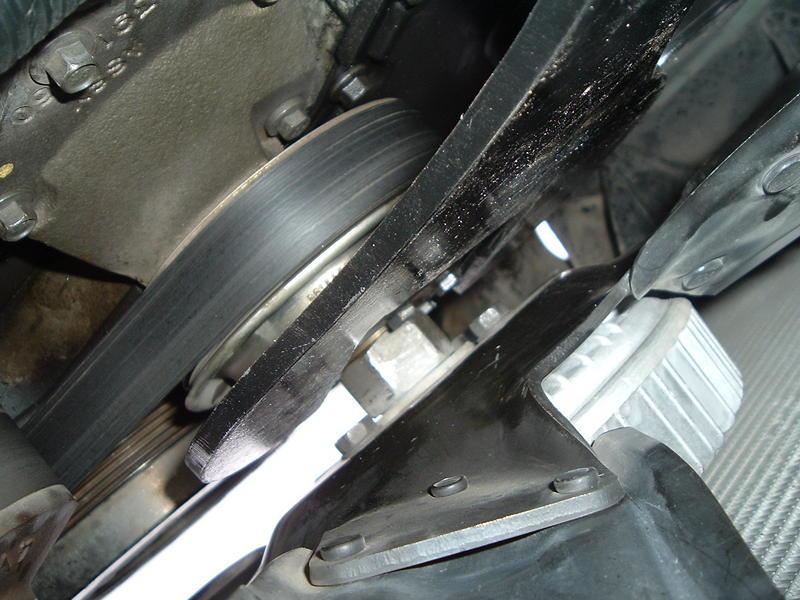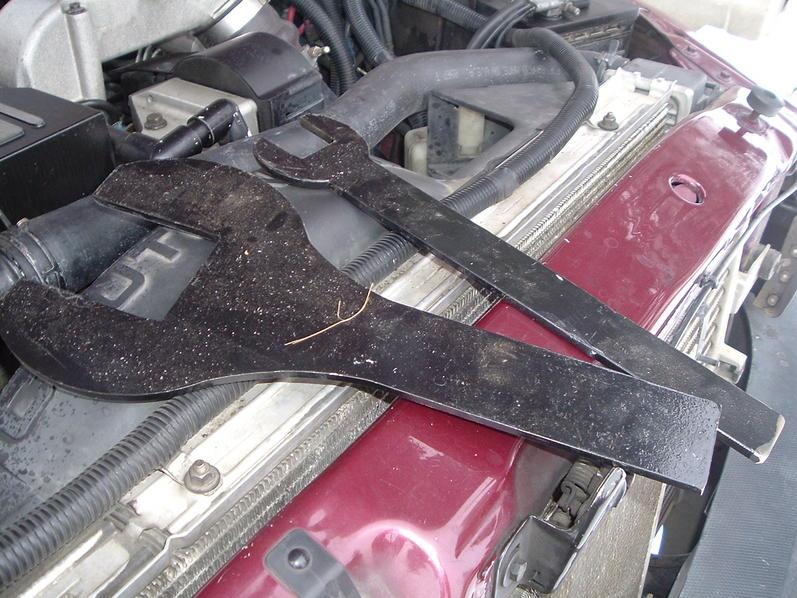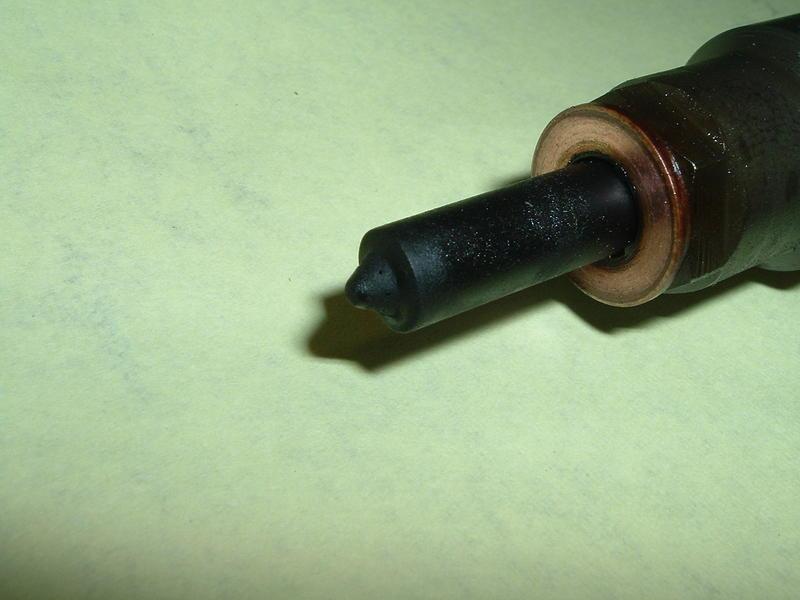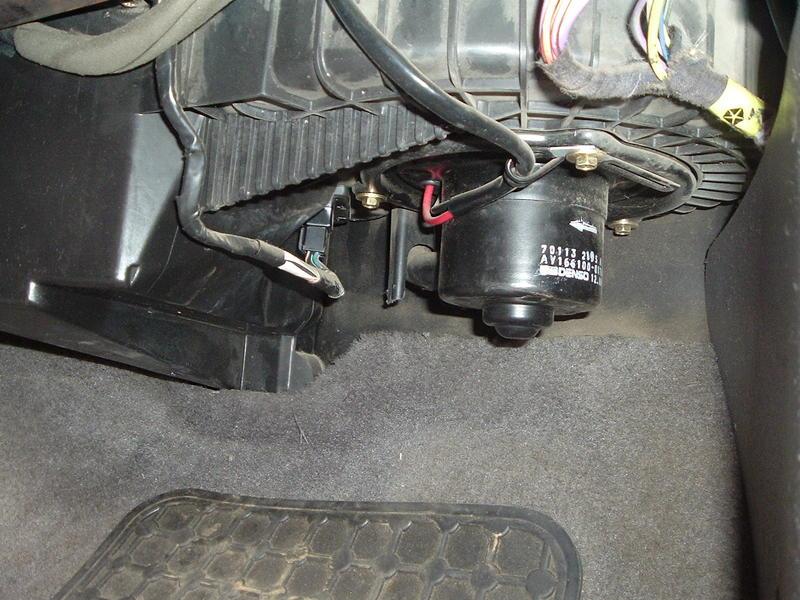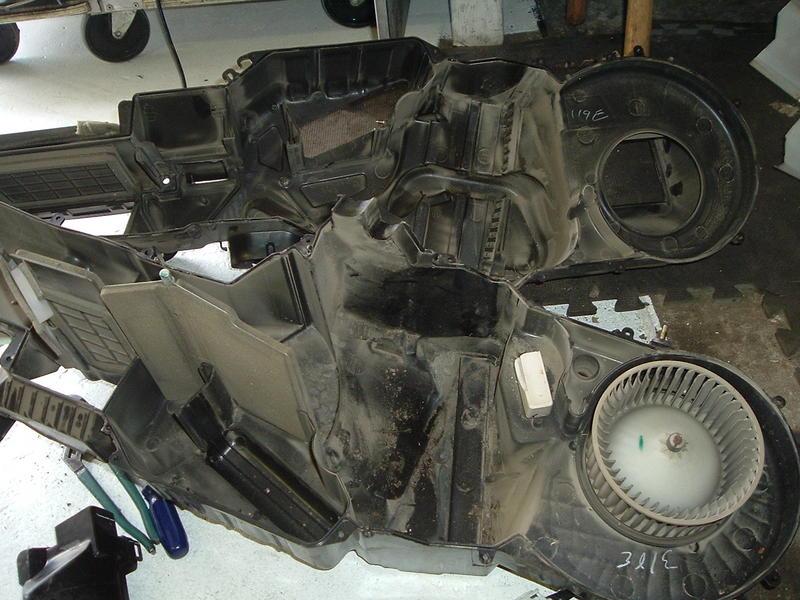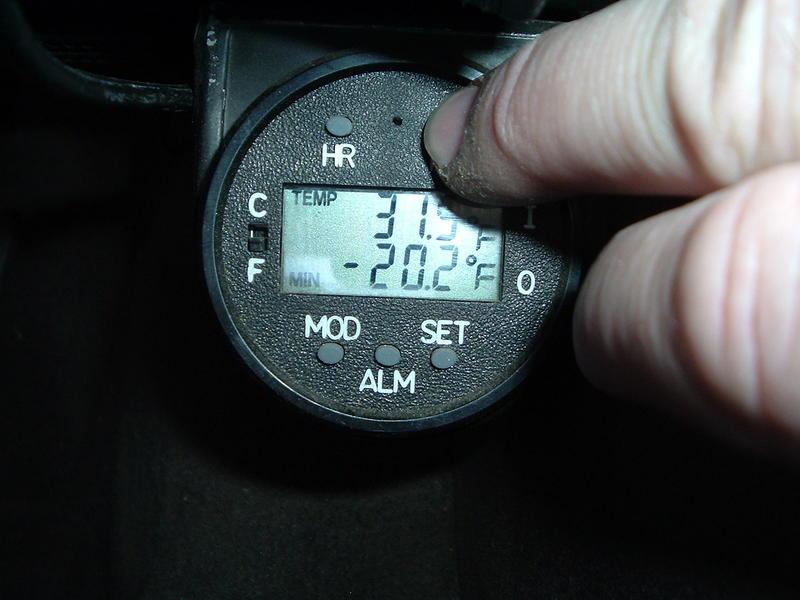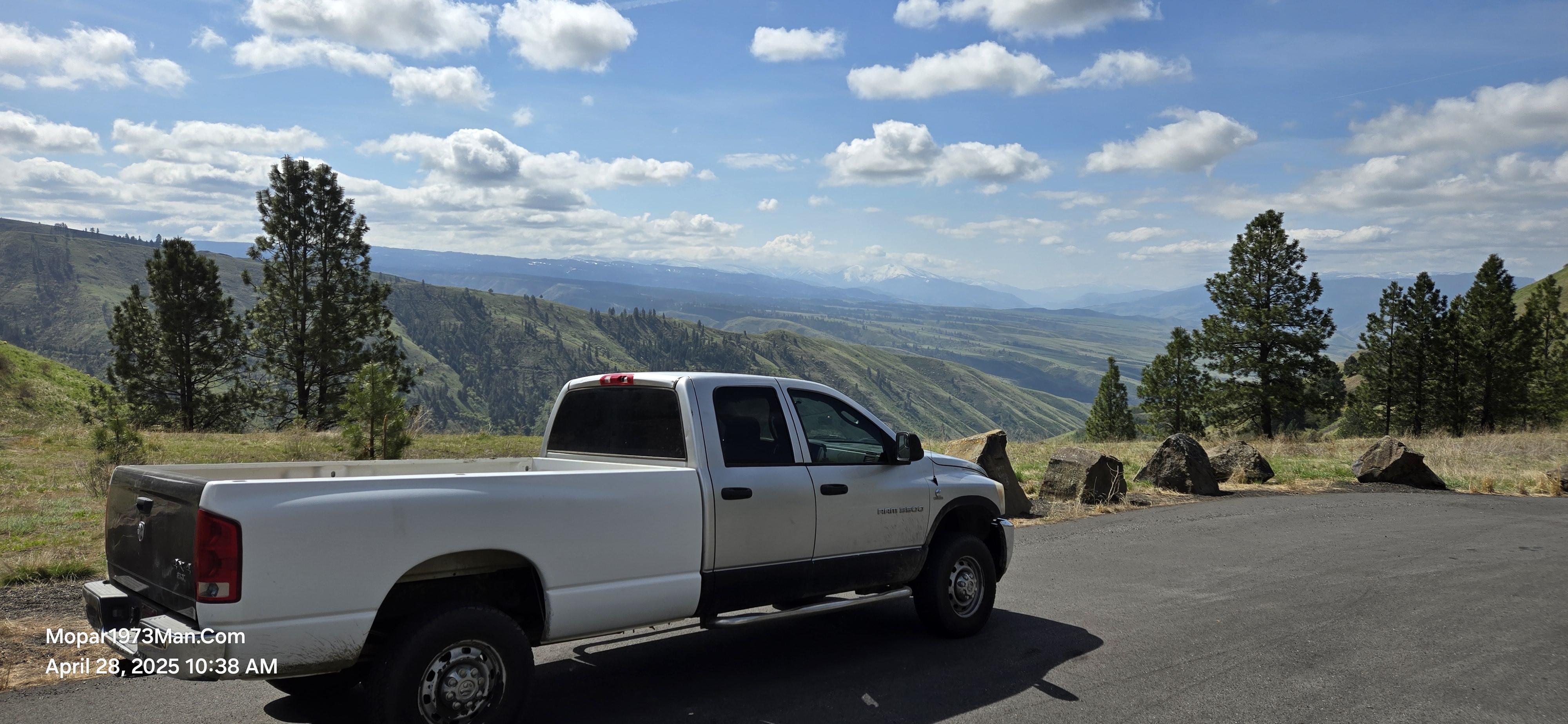
Everything posted by Mopar1973Man
-
Very weird problem
From the above link Hmmm... Maybe you should correct the noise issues than trying to cover it. Being the alternator noise is caused from bad diode(s) and APPS sensor noise cause from bad grounds... I still say most trucks ran for over 8-10 years without a filter and now all of a sudden need one... something is broken and you covering it up...
-
Fuel prices thread...
Got you all beat for Idaho... New Meadows - $3.599McCall - $3.639Lake Fork - $3.719Donnelly - $.3559Riggins - $3.589 Don't matter where I go its expensive.. Freighted from Salt Lake City, UT...
-
Update
:banghead: JL... I feel for you man... I thought for sure the head and everything was right and now back to square one... I would drive the piss out of it till it dies...
-
3 cylinder high idle
Parking brake or E brake is what you set... The service brake is the pedal you push to stop the vehicle from rolling... I've the got the same setup...
-
Front spring replacement
I've also done the droop method to add a leveling kit to a 3rd Gen... But it would fo been easy to change a set of springs... Just take you time support the vehicle well before you start with the axle. Then also keep a jack under the axle to raise or lower as you disassemble/reassemble.
-
fan clutch removal
Yeah remember as your stand in front of the truck the fan loosens towards the driver side. Thanks Terry for reminding me...
-
fan clutch removal
The 71mm wrench goes on the fan pulley and the other one goes on the fun clutch... Hang on I'll go get mine from the shop and shop pics... Goes on the bolt heads of the pulley... Thanks to JL Welding I got a set of fan wrenches...
-
No bus and gauges not working
Here a little reading material... http://mopar.mopar1973man.com/cummins/general/ccd/ccd.htm
-
additives
None that I found... I've ran it nearly 100K miles (actual 90K o far). [*]Will not plug filters (2-3 micron) [*]Will not foul injectors with soot. After 70K+ miles of 2 cycle oil. After burn WEO/WMO (Ash deposits) You be the judge... As you can see the 2 cycle oil is a safe additive to use in your fuel where WEO/WMO, WVO, ATF contain ash and will build up on your injectors. Where 2 cycle oil is ashless and will not damage you fuel system...
-
Fan control switch
Pretty simple... Replace the fan resistor on the passenger side and replace the fuel sender... No codes needed to be checked...
-
Should I be afraid of the RE47 transmission?
Good point... Caj has a lot of miles on that TQ Conv...
-
Very weird problem
If it was me I would reset the codes and take for another spin and recheck and see if they come back...
-
Very weird problem
both codes are independent of each other... 500 is from wheel spin237 is from low voltage at the map sensor
-
Block Heater just Fried
Here is the NAPA replacement... I highly suggest you get the Geno's for the cheaper price...
-
additives
www.google.com
-
additives
Do a MSDS look up through WalMart to get the information then it should list who produces the products. http://msds.walmartstores.com/
-
additives
The coldest I've gone down to was -20*F... I think beyond that you pushing your luck... Even by Chevron's standards my fuel should of been a solid brick in the tank. I don't suggest doing this unless you got a back up plan... In my neck of the woods this is a very dangerous thing to do without a fall back plan. No cell service and some roads get little to no traffic...
-
additives
As far as the research I did on the Super tech it uses the very same PPD chemicals as normal #2 diesel which was a shocker for me... Like you I don't put my full trust in it but I know it got to make a effect how much... I don't know! ADDON: After searching the web rapidly and reading a few pages from different companies you'll find all petroleum base oils (engine, gear, 2 cycle etc) all have to have a PPD added to allow it to perform in cold weather. It the synthetic oil that don't require on because of the simple point they are not produced from a petroleum base (no wax).
-
Anyone using their laptop as OBD2 Scanner?
Buy a cheap inverter to plug the laptop into... Problem fixed... Or Sell me the software and cord... Problem fixed...
-
who wants to rebuild thier VP44????
Totally understand why VP44 are at least $1,000.00 a pop. If you look at the money put down to pay for the test bench. Wow! But this where I grey area start for me... I would love like hell to get a copy of the VP44 rebuild manual so I can understand more about the VP44 pump.
-
Abs pulsing problem
Wow! Those rotors are ugly... Heck I might have to shoot a pic of mine...
-
additives
SuperTech actually is PennzOil and no its not synthetic... Just good ol' fashion petroluem oil. Now going back a few year and remembering the stuff I did research on back in 2006-2007. As for SuperTech Unversial 2 Cycle Oil it has a pour point of -40*F. Normal winterized diesel at least here in Idaho has a pour point of -20*F. The the reason why synthetic 2 cycle shouldn't be use is because since all synthetic oil hav no parafin base oil in it... It had no reason to use a pour point depressant (PPD) which all petroluem oil must have to keep them from gelling. As for the effect 2 cycle oil has on fuel it not very clear as for gelling. But this is the way I look at it... If you got a jar of water you know the water is going to freeze at 32*F. Now take a jar of salt water you know the freeze point of salt water is below that of normal water. But it depends on how much salt is in the salt water. Now mix the salt water and normal water together and you know the salt water will have effect but how much is unknown. Now with that said replace water with diesel fuel and salt water with 2 cycle oil and you'll now understand my thoughts and theory of 2 cycle oil in the winter time. So if normal diesel is -20*F for a pour point and 2 cycle oil is -40*F surely it got to have a effect..
-
who wants to rebuild thier VP44????
Only time your looking down the road of a mechanical failure is typically the P0216 code where the advancement cam is stuck in full retard. But P0215, P0251, P0252, P0253, P0254, P1688, P1689 are all electronic failures... But here is the $150,000.00 test bench for calibrating the VP44...
-
mechanical or electric gauge
There has been such a huge scare about fuel being in the cab for years now and how you need to use a isolator... Diesel fuel needs to be heated to at least 150*F before it will ignite with open flame. The needle valve is a perfect choice for fuel hammer (water hammer) reduction. Because it allows you to reduce the pulse by closing till you get a smooth swing of the needle. Then if you do have a leak you can just shut the needle valve off. With a snubber it will keep the fuel hammer from occuring but now you can't turn off the fuel is there is a leak.
-
Anyone using their laptop as OBD2 Scanner?
I think its GuessWho that has a Laptop OBDII reader too...



